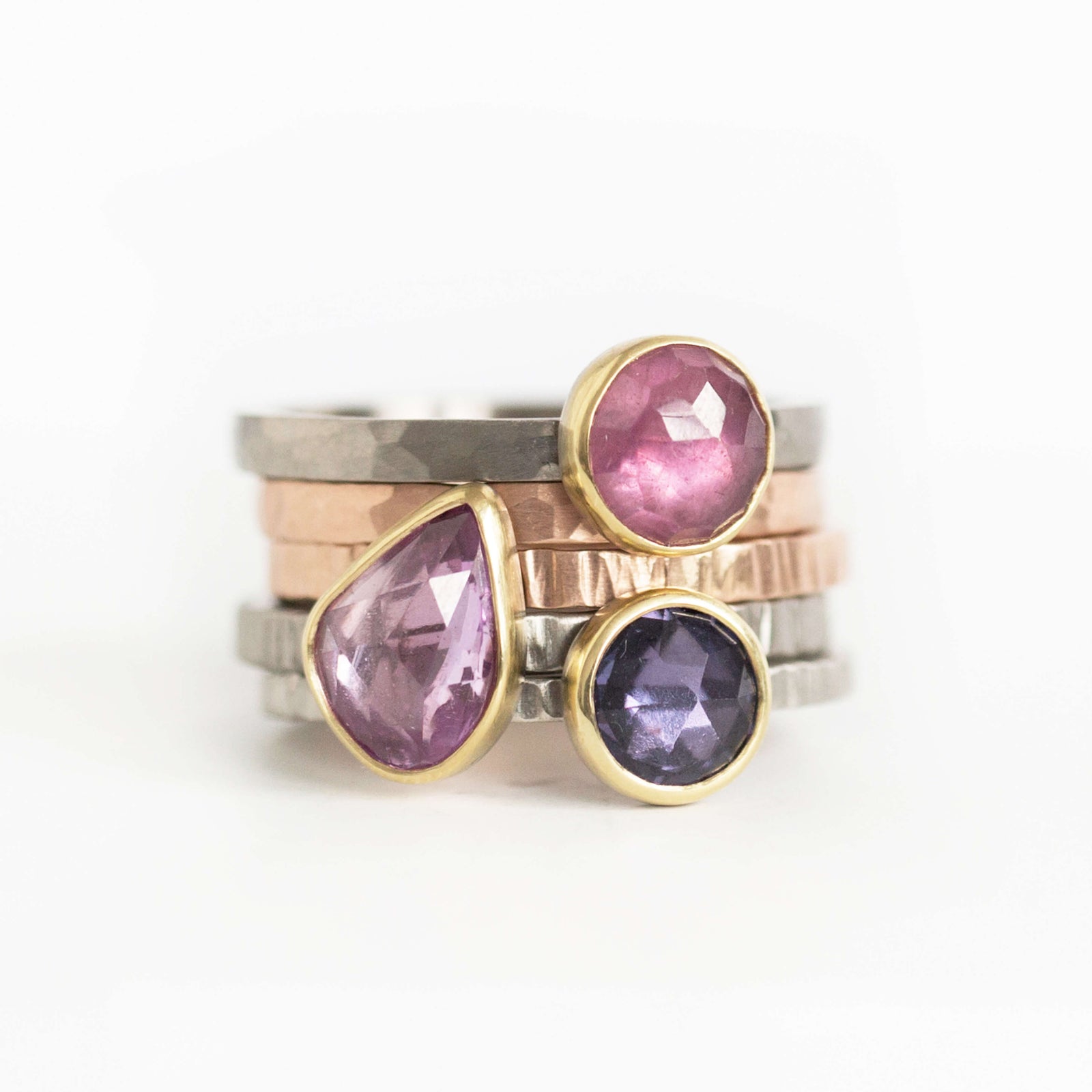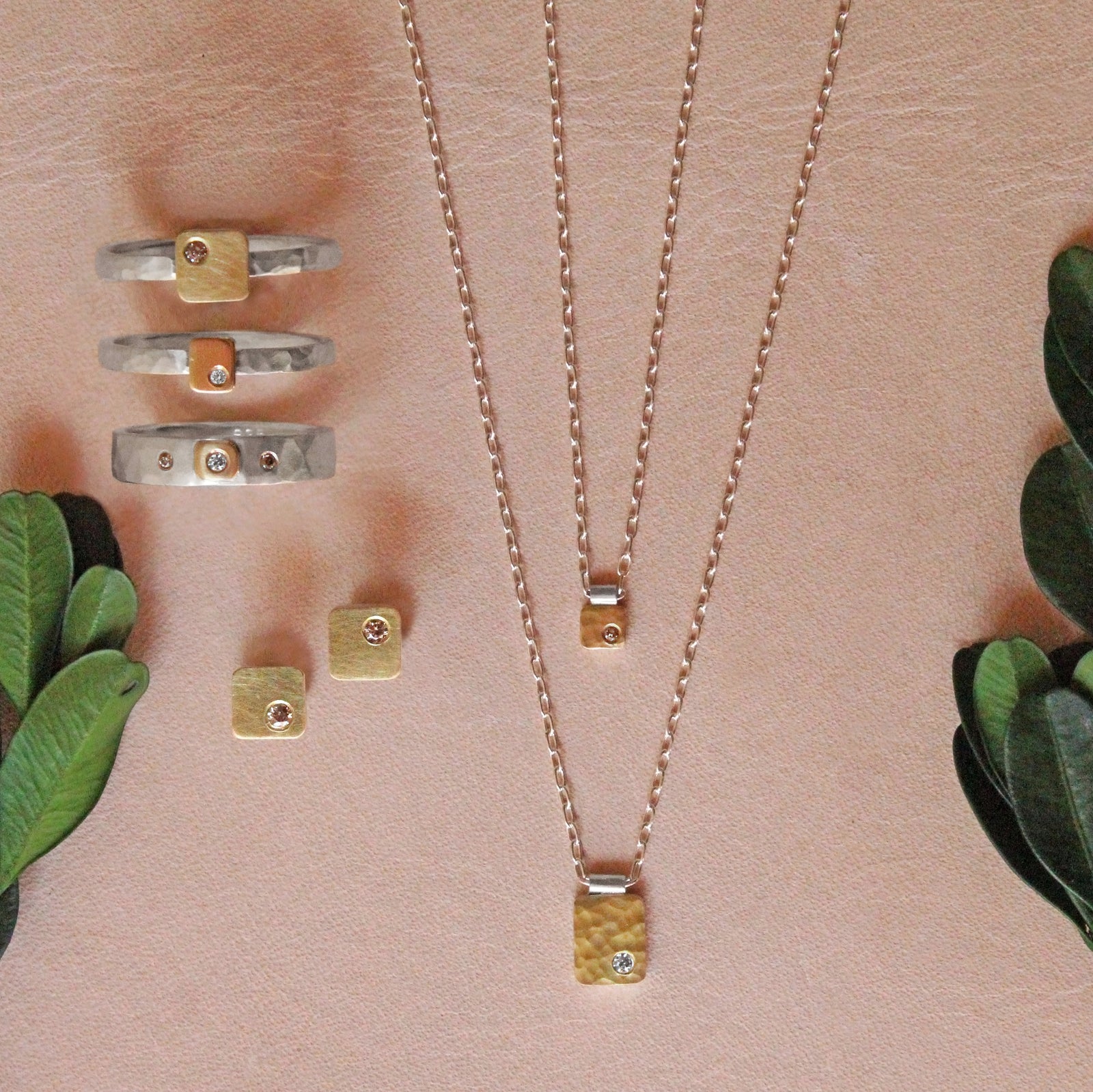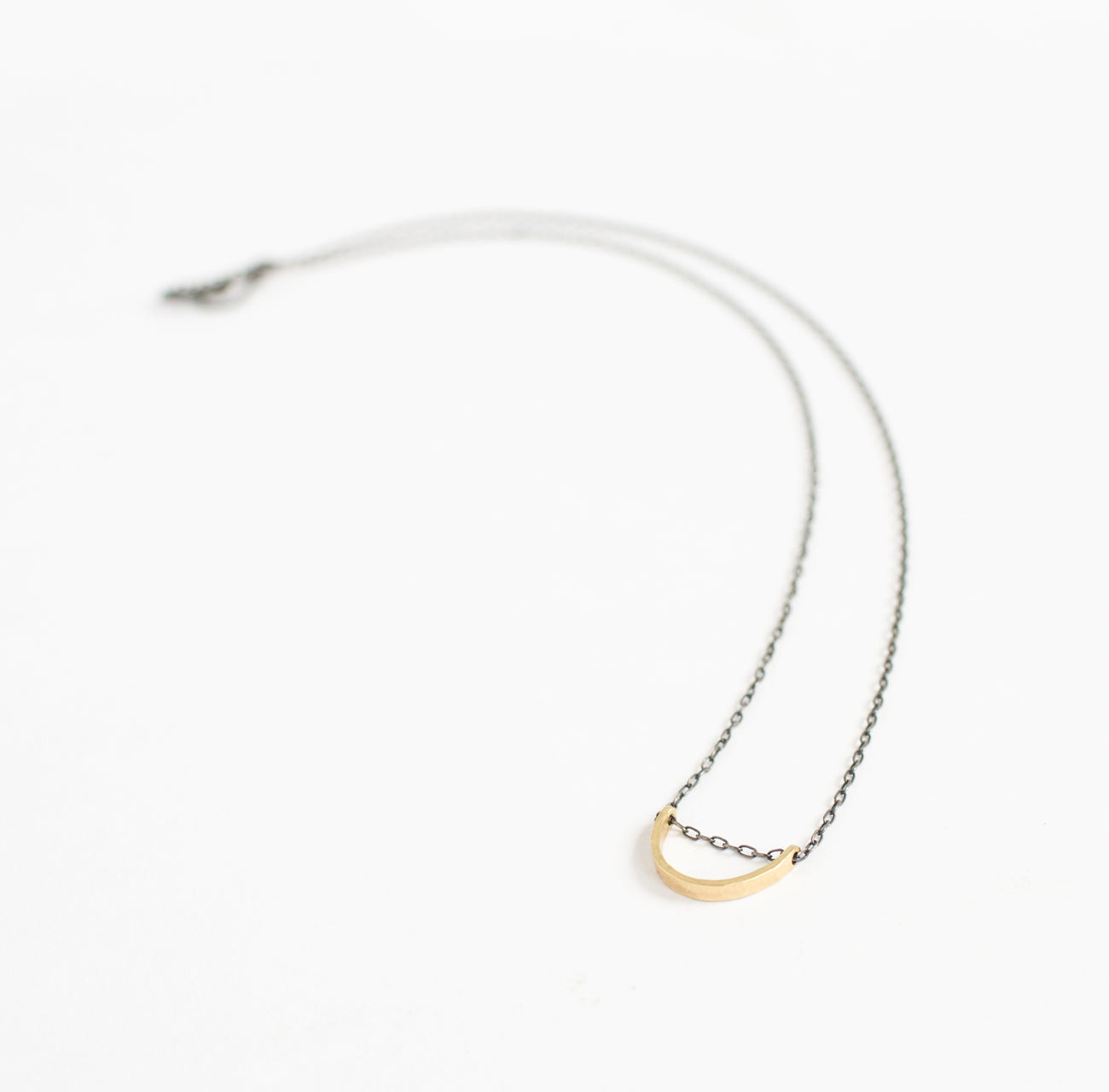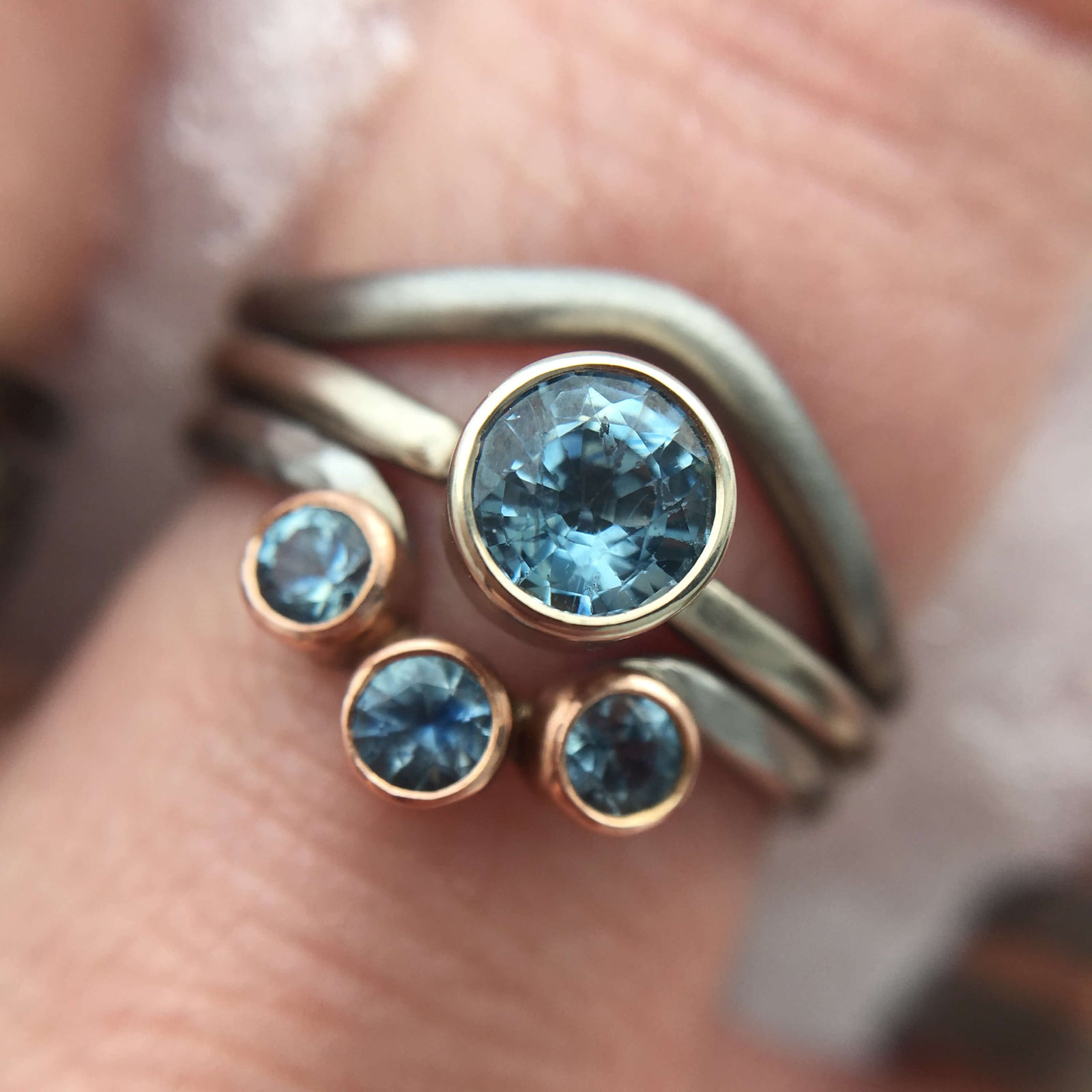Your Cart is Empty
EC Design Studio is open for drop-in's Thursdays 12-5pm and Saturdays 11-4pm, no appointment needed.
EC Design Studio is open for drop-in's Thursdays 12-5pm and Saturdays 11-4pm, no appointment needed.
EC Design Studio is open for drop-in's Thursdays 12-5pm and Saturdays 11-4pm, no appointment needed.
EC Design Studio is open for drop-in's Thursdays 12-5pm and Saturdays 11-4pm, no appointment needed.
Salt and Pepper Diamonds
Sapphire Candy Shoppe
Signature Cell Collection
Minimalist Essentials
Contour Stacking Bands
Sapphire Candy Shoppe

Sapphire jewelry so juicy you'll want to eat it!
Signature Cell Collection

The EC Design classics
Minimalist Essentials

Beautifully simple
Contour Stacking Bands

Customize your wedding bands!
June 15, 2021

October has two birthstones, both of which are known for their fantastic colors. The traditional/ancient birthstone is the opal, with its fiery rainbow of colors that dance and shimmer across its surface. The color play within opals is so mesmerizing Middle Eastern nomadic tribes once thought they were born in thunderstorms and shined with the electric beauty of lighting. Opals can be found in several areas around the world, but Australia is known as a primary producer of this stone. These dazzling beauties are beloved by many, but must be treated with care. With a hardness rating ranging from 5-6.5, they are not considered highly durable and must be treated as such. Sudden temperature changes, extreme heat, and overexposure to water can result in fractures. Due to its delicate nature, it is recommended to clean opal jewelry quickly and carefully using only warm, soapy water. However, with proper cleaning and storage, you will be able to enjoy the galaxy of beauty within an opal for many years.
The modern birthstone is the tourmaline, sometimes referred to as the stone of mixed colors, which was believed by ancient mystics to be an artistic inspiration for those who gazed upon it. It is also thought to provide healing and protection, as well as spiritual development, confidence, and inner strength. Much like sapphires, tourmaline can be found in many different colors; and the pink tourmaline is often the chosen color for October’s birthstone. This specific color of tourmaline is thought to represent love, compassion, and gentleness.
The incredible variety of tourmaline colors include yellow, pink, red (rubellites), emerald green (chrome), and vibrant colors like neon green and blue/violet (paraiba). The most sought after and highest priced variety is the neon blue paraiba stone that comes from Brazil. Multiple colors can be present in the same stone, such as the green and pink tourmaline known as a ‘watermelon’ tourmaline. In addition to the range of beautiful colors these stones come in, each stone can exhibit different colors when viewed from alternative angles, a characteristic known as pleochroism.
With its range of colors, tourmaline was often mistaken for other stones such as emeralds or rubies. It was not until the 1800s that it was identified to be its own mineral species. After tourmaline was officially recognized, it was discovered that one of Russia’s crown jewels, the ‘Caesar’s Ruby’ pendant, was actually a red tourmaline and not a ruby.
While it is not as hard as other gemstones, tourmaline does come in at a 7/7.5 on the Mohs hardness scale and can be worn in everyday jewelry. Like many gems, the preferred cleaning process requires only warm, soapy water and a soft cloth or brush. Excessive heat and steam or ultrasonic cleaning is not suggested.
The primary region where tourmaline is mined is Brazil; South Asia and Eastern Africa are also well known producers of the stone. The more rare and brightly colored paraiba varieties that come in neon green, brilliant blue, and vivid violet get their intense color from an infusion of copper in the deposits.
Tourmaline has also mined stateside, specifically in California and Maine. Today’s tourmaline mining in the United States is minimal and sporadic. However, in the early 1900s mines in the Mesa Grande district near San Diego were quite active. This was due in part to China’s Empress Dowager Cixi’s fascination with vividly colored stones. For nearly a decade over 100 tons of rubellite, or red tourmaline, was sent from San Diego mines to Imperial China for her enjoyment.
Whether you prefer ancient opal or modern tourmaline, October birthstones possess the colors of the rainbow and can liven up your world. Find the color that strikes your fancy and you will enjoy its beauty for years to come.
Want to be the first to hear about new releases, sales, and special offers? Sign up here to stay in the loop.